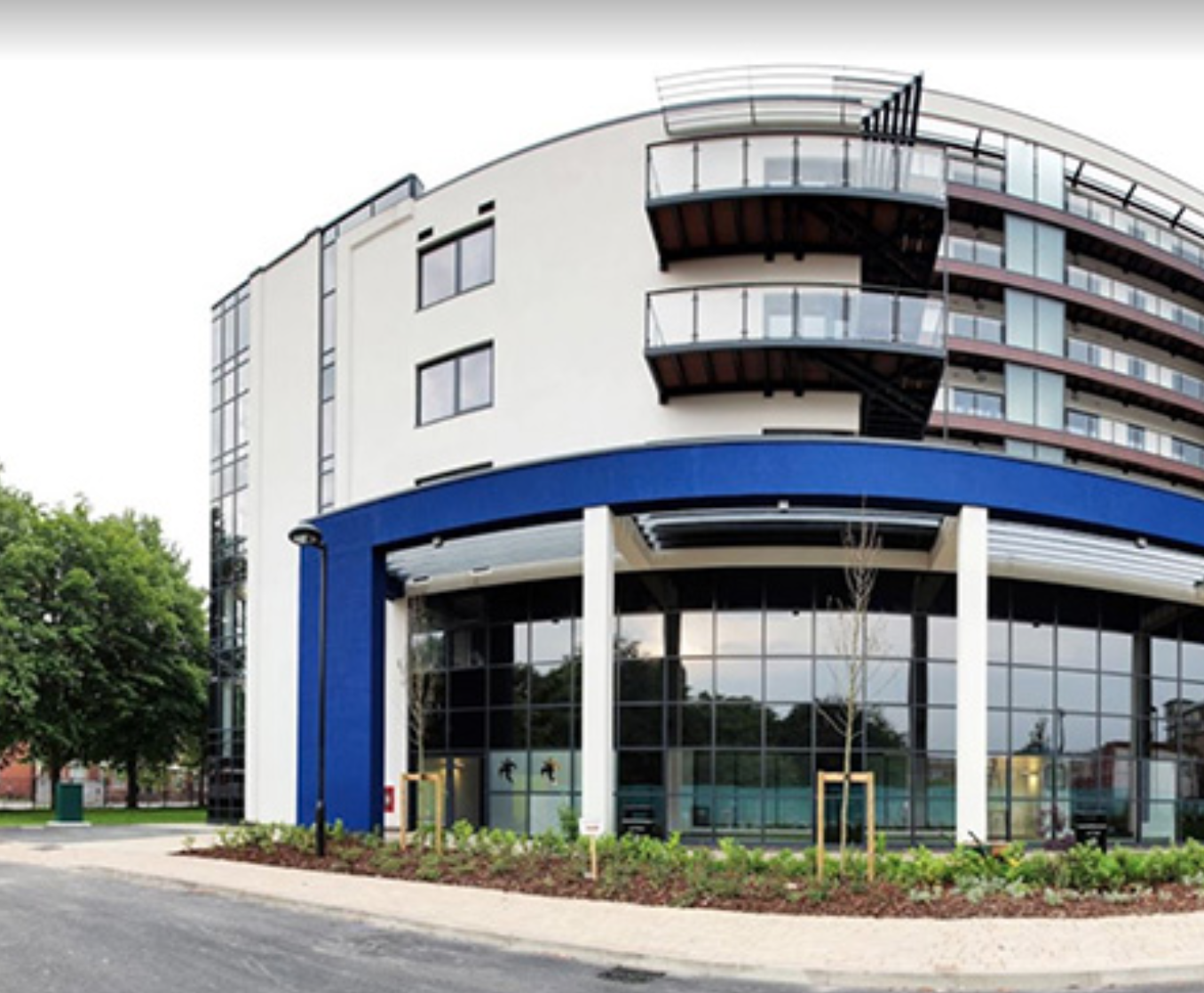What is SBEM?
Contents |
[edit] Introduction
The Simplified Building Energy Model, or SBEM, is a compliance tool for assessing whether a non-domestic building meets the energy efficiency requirements and carbon emissions targets of the building regulations.
SBEM calculations can effectively be viewed as the non-domestic version of SAP calculations. They are required for new-build projects, as well as extensions, refurbishments, and retrofits of buildings other than dwellings.
[edit] What do SBEM calculations measure?
Energy efficiency requirements in the building regulations generally assess a building’s performance in terms of its carbon emissions (exact performance metrics and methods of compliance vary by country in the UK). SBEM calculations set a target emission rate (TER) for the design, which must be bettered by the actual building emission rate (BER).
The calculations consider the building type, construction, and geometry/orientation. Mechanical services, including heating/cooling, ventilation, and lighting, are factored in with the use of the building to generate the TER/BER comparison and an energy performance certificate (EPC).
Data for different building types is contained in the ‘national calculation methodology’, which describes how buildings other than dwellings should demonstrate compliance. As the ‘simplified’ in ‘SBEM’ suggests, SBEM calculations are a compliance tool only. However, the national methodology also allows dynamic simulations that can act as a design tool and compliance tool.
[edit] When should SBEM calculations be carried out?
Prior to construction, a design stage SBEM assessment is carried out to show that a building proposal complies with the regulations. Upon the building being completed, an as-built assessment is carried out.
For more information see: Simplified Building Energy Model SBEM.
[edit] Related articles on Designing Buildings
- 2013 changes to the approved documents for part L of the building regulations.
- Approved building energy calculation software.
- Air tightness.
- Approved documents.
- Building energy simulation software.
- Building Regulations.
- Dynamic Simulation Model.
- Emission rates.
- Energy Performance Certificates.
- Energy Performance of Buildings Directive.
- ISBEM
- National Calculation Method.
- Simplified Building Energy Model SBEM.
- Standard Assessment Procedure.
Featured articles and news
A change to adoptive architecture
Effects of global weather warming on architectural detailing, material choice and human interaction.
How big is the problem and what can we do to mitigate the effects?
Overheating guidance and tools for building designers
A number of cool guides to help with the heat.
The UK's Modern Industrial Strategy: A 10 year plan
Previous consultation criticism, current key elements and general support with some persisting reservations.
Building Safety Regulator reforms
New roles, new staff and a new fast track service pave the way for a single construction regulator.
Architectural Technologist CPDs and Communications
CIAT CPD… and how you can do it!
Cooling centres and cool spaces
Managing extreme heat in cities by directing the public to places for heat stress relief and water sources.
Winter gardens: A brief history and warm variations
Extending the season with glass in different forms and terms.
Restoring Great Yarmouth's Winter Gardens
Transforming one of the least sustainable constructions imaginable.
Construction Skills Mission Board launch sector drive
Newly formed government and industry collaboration set strategy for recruiting an additional 100,000 construction workers a year.
New Architects Code comes into effect in September 2025
ARB Architects Code of Conduct and Practice available with ongoing consultation regarding guidance.
Welsh Skills Body (Medr) launches ambitious plan
The new skills body brings together funding and regulation of tertiary education and research for the devolved nation.
Paul Gandy FCIOB announced as next CIOB President
Former Tilbury Douglas CEO takes helm.
UK Infrastructure: A 10 Year Strategy. In brief with reactions
With the National Infrastructure and Service Transformation Authority (NISTA).
Ebenezer Howard: inventor of the garden city. Book review.
Airtightness Topic Guide BSRIA TG 27/2025
Explaining the basics of airtightness, what it is, why it's important, when it's required and how it's carried out.






















